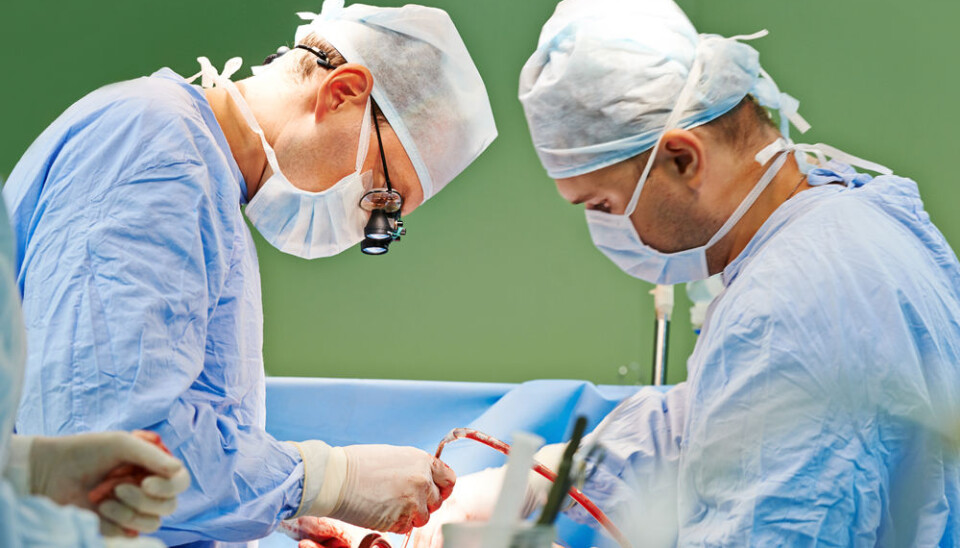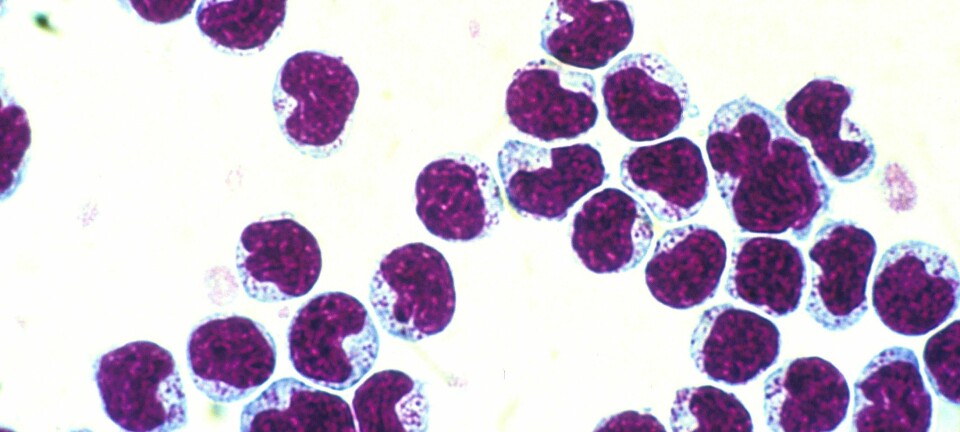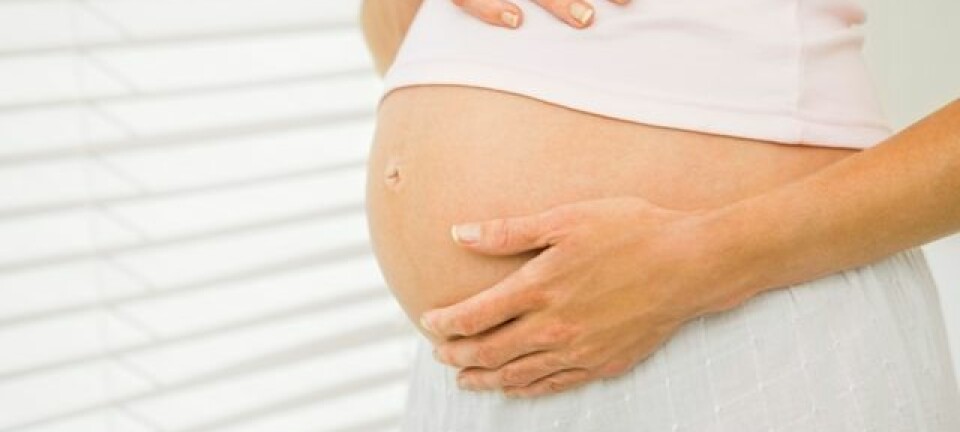
Swedish women receive womb transplants
Nine Swedish women have successfully received womb transplants donated from relatives.
In a successful pioneer project, Swedish doctors have managed to transplant wombs to nine women.
All nine women are doing well. Several of them had their periods as early as six weeks after the transplant, an early sign that the wombs were healthy and functioning. The next step is to make the women pregnant, reports The Guardian.
Most of the women are in their 30s. They were born without a uterus or had it removed because of cervical cancer. They did, however, have fully functioning ovaries.
Before the transplant, the doctors extracted eggs from the women. The eggs were fertilised, and the embyos are now frozen down, waiting to be implanted into the transplanted wombs.
Placenta is produced automatically
According to Charlotte Wilken-Jensen, a senior consultant at the Department of Obstretics and Gynecology at Hvidovre Hospital, if the transplants are successful and the uterus lives on, the women may well manage to get pregnant:
”This has not been seen before, but if the women have a fertilised egg implanted, a placenta will start to grow automatically.”
Wilken-Jensen did not take part in the Swedish study herself.
Previous attempts to transplant a womb, in Saudi Arabia and in Turkey, failed to produce babies.
Mothers donated uterus
In these experiments, the uterus came from a dead or a dying woman. The Swedish project, on the other hand, used living donors.
The women in the Swedish projects received their new wombs from family members, typically their mother. This reduces the risk of rejection, but it also raises some ethical concerns.
”Such transplants are not advisable”
A womb transplant is a relatively extensive surgical procedure that requires great microsurgical skill. In order for the womb to survive and function in the recipient woman, many tiny blood vessels must be preserved and stitched back into place, explains Wilken-Jensen.
This means that the operation involves a great risk for donor and recipient alike.
”A womb is not a vital organ, so with regards to the type of transplant they have carried out in Sweden, there are many who believe this is inadvisable.”
Womb to be removed after pregnancy
If everything goes according to plan with the Swedish project, the women will be able to become pregnant twice. After this, the uterus will be removed and the women will no longer require medicine to prevent rejection of the transplanted uterus.
The Swedish researchers are positive about their experiment, but they are keen to point out that it remains uncertain whether the transplanted wombs will be able to produce children.
--------------------
Read the Danish version of this article at videnskab.dk










